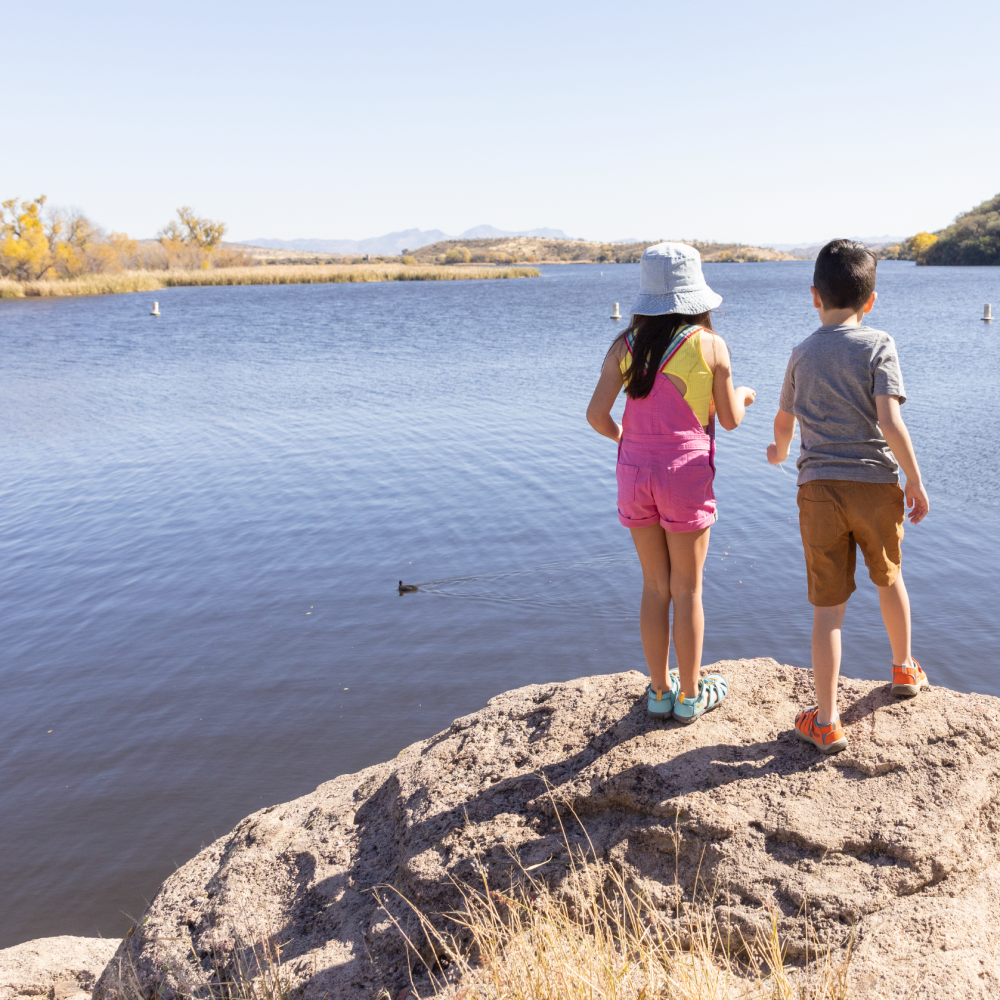Livraison gratuite dès 80 $
Livraison gratuite dès 80 $
Livraison gratuite dès 80 $
Livraison gratuite dès 80 $
Livraison gratuite dès 80 $
Livraison gratuite dès 80 $
Chez Panda, nous souhaitons chausser avec grand soin les petits pieds de vos enfants, peu importe l’occasion, ou la saison.






FIÈREMENT QUÉBECOIS DEPUIS 1947
J'ai été accueilli par l'employée la plus agréable qui a aidé à mesurer le pied de ma fille pour sa première chaussure de marche. Elle lui a donné des recommandations et a été très utile. Merci !
Kelly
Toujours très satisfaite du service de Mme Sylvie ! Elle s'y connaît en chaussures et ça paraît ! Elle nous vend exactement ce que nous avons besoin ! Très satisfaite !
Alexie
Quel service exceptionnel !
Nous avons été aidé par Josée qui nous a offert un service extrêmement courtois et efficace pour mon fils de 5 ans.
Wow ! Merci !
Éric


